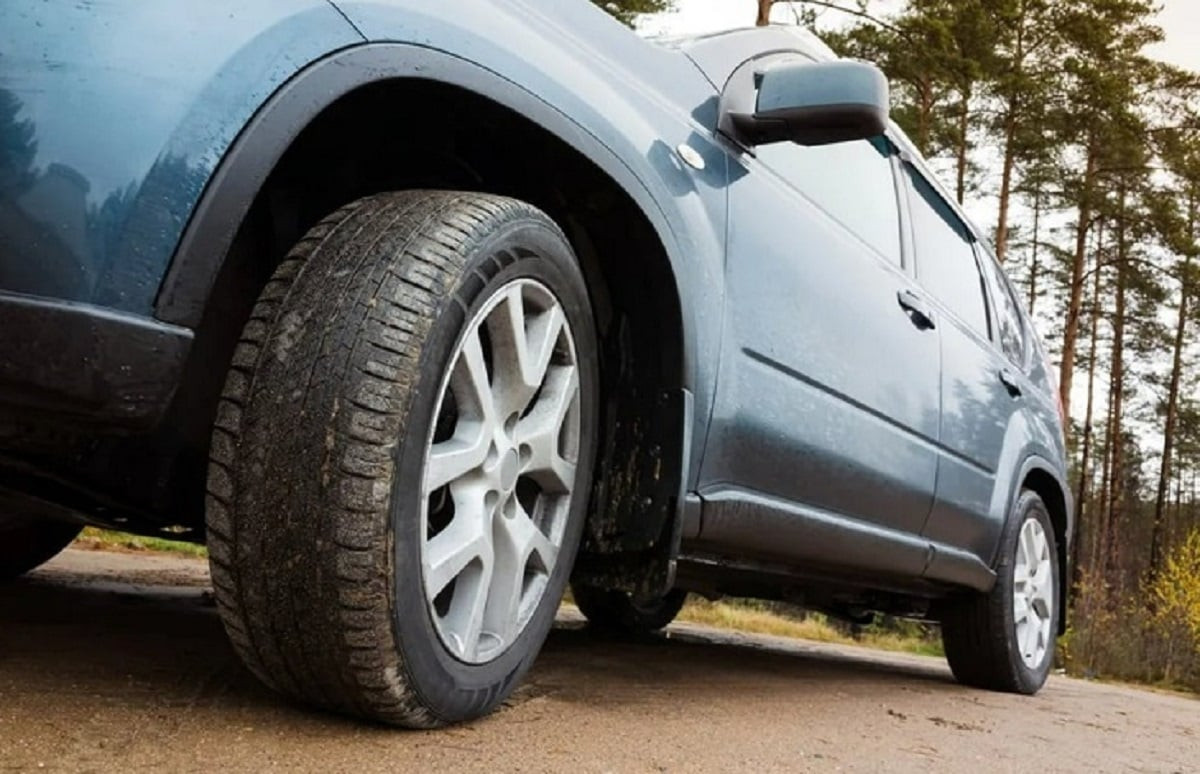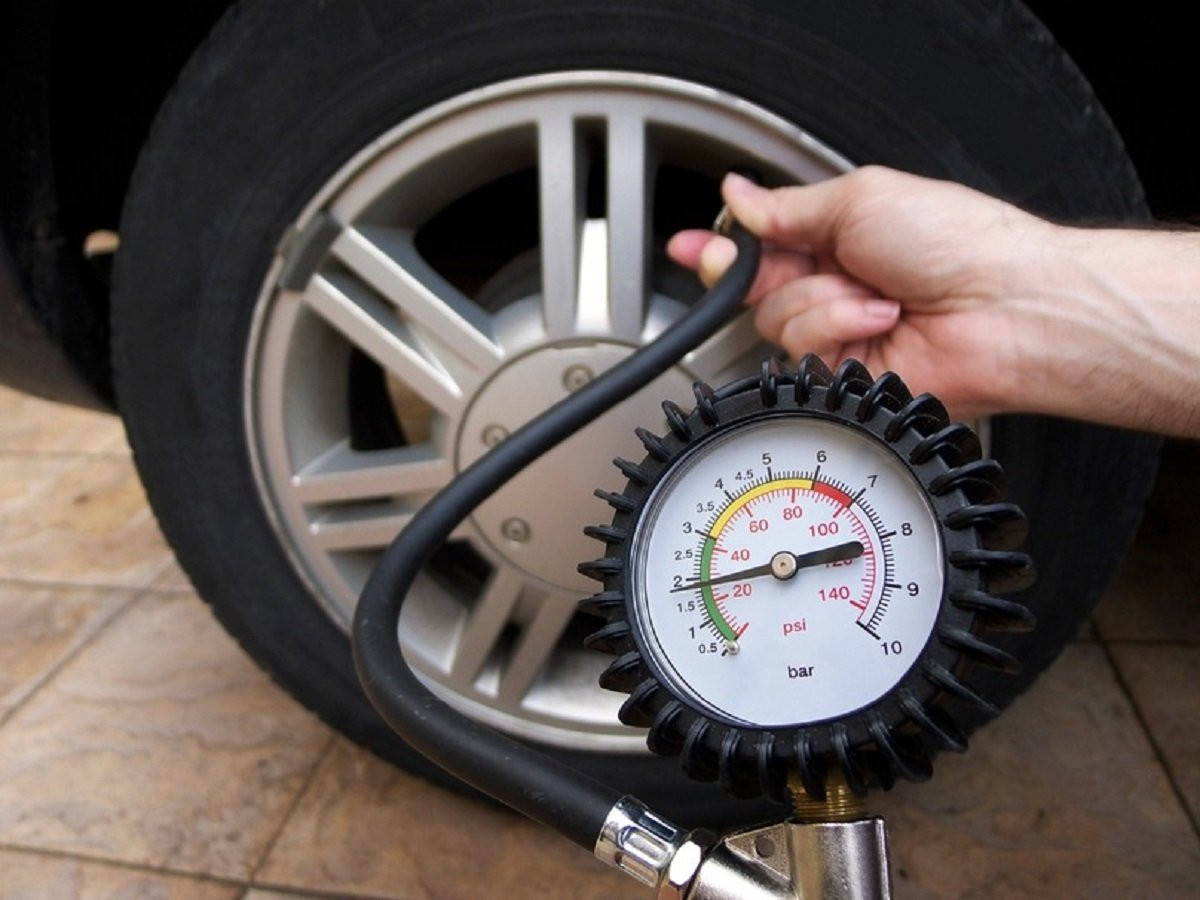Checking tire pressure helps drivers save fuel, avoid rim damage from driving on flat tires or losing control on over-inflated tires.
Both over- and under-inflated tires can have serious consequences, leading to costly repairs or even accidents. Loss of traction, inability to brake, and poor handling are all possible side effects of improper tire inflation, not to mention the increased risk of a blowout.
Therefore, checking tire pressure when the tires are still cold and doing so regularly will also prolong the life of the tires and ensure safe trips.
With daily wear and tear, tires are stretched a lot. Since these are the points of direct contact between the vehicle and the road, it is essential to take good care of them. Drivers should check tire pressure regularly, as it is one of the most important parameters. Driving on tires that are not properly inflated, or that have lost pressure due to leaks, will significantly affect the performance of the vehicle. In particular, the risk of accidents or unexpected breakdowns is always present.

Drivers should regularly check tire pressure.
When the air pressure in a tyre is too low, the sidewalls become less rigid and therefore more prone to flexing. The rapid movement causes excessive friction, which increases the temperature of the rubber. The result is nothing more serious than faster wear on the tyre and can lead to a blowout if the temperature is too high. Cold weather or snow will mitigate this to some extent, but that should not be used as an excuse to drive with low tyre pressure.
In fact, if car owners live in places with large temperature fluctuations, they should check the pressure more often, as this is one of the causes of pressure loss.
Over-inflated tyres are rarely a serious problem, but over time the damage can add up. This is because high-pressure tyres have less tread contact with the road. As a result, the centre of the tyre wears out much faster than the rest. Such tyres will need to be replaced more often, and with less contact with the road, braking can be affected.
Checking tire pressure is something that should be done regularly. At the very least, drivers should check it monthly, although experts recommend checking it every time they fill up with gas. The best time to check tire pressure is at home when the tires are still cold — or perhaps at the nearest gas station. This should be part of your daily car care routine.
If your car has a tire pressure monitoring system (TPMS), it’s easier for the driver to be immediately alerted to a loss of pressure. If the tire pressure check light on your dashboard comes on, it’s a clear sign to do a manual check to see what the problem might be. There are other warning signs that car owners should also look out for, including:

You should regularly check your tire pressure to ensure safety.
A knocking sound while driving may indicate that the tires are over-inflated.
Slow steering response or difficulty controlling the vehicle.
Takes longer than usual to come to a complete stop when braking
Fuel economy is not as expected
Excessive tire wear on the outer edges of the tire or excessive wear in the middle (normal tire wear should be more even)
Obviously, the easiest way is to check the tire pressure system on the car (if it has one). This is usually accessed through the digital control interface found on the main dashboard. However, sometimes car owners need methods that don’t require a gauge.
Visual inspection: As drivers get into the habit of checking their tires, they will find that they become familiar enough with their vehicle to be able to tell when tire pressure is incorrect. The best way to be sure is to park the vehicle on a flat surface and walk around, paying attention to the front and rear of the tire to see if any part of the tire sticks out more than the other. Also remember that if a pickup truck or SUV has a lot of passengers or cargo, the tire will lose weight, so always check tire pressure in an unladen vehicle.
Manual method: Another manual way to check your car tire pressure is to use your hands. This involves applying pressure to the tire and seeing how it reacts. Check the stiffness of the tire and also feel it when it is properly inflated to have a reference for judging.
The most accurate way to measure tire pressure is to use tools specifically designed for that purpose. For this method, the driver will need to know the recommended PSI (pressure measurement unit) for the tire. Each car and tire has its own PSI range, and the driver can usually find guidance on this in the owner's manual.
For example, an average SUV, like a Toyota RAV4, will be somewhere between 32 and 35 PSI.
According to VTC News